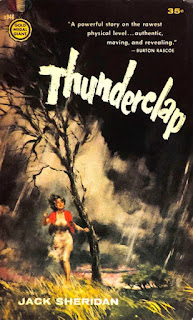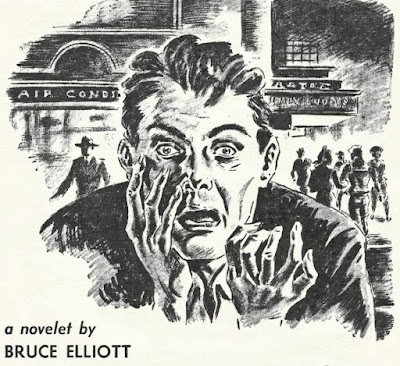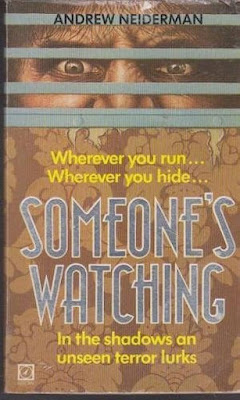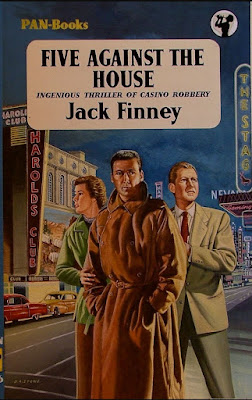In the June, 1967 issue of Creepy (#15, cover by Frank Frazetta), longtime Warren writer Archie Goodwin introduced a new barbarian for readers to cheer, Thane. This character debuts in “City of Doom” with artwork by Steve Ditko (Spider-Man, Daredevil). Uncle Creepy sets the table on the first page: “They had left Thane staked out to die on the black sand of volcanic wasteland, bait for the beaks and talons of the great albino vultures which hunt there.”
This story doesn't prove to be much of an origin tale as very little information is provided on where Thane lives and what role he serves. From the text, and the tradition of the genre, it seems as though he is an adventurer and mercenary. As the strip unfolds, readers learn that Thane was hired by Ultor, leader of a band of raiders called Scythians, to help them fight a battle. After the campaign ends, Thane was promised his share of the plunder. But, the Scythians double-cross Thane and leave him to die. Thane escapes being bound to stakes in the desert and trails his betrayers through the wasteland.
Thane is surprised when a woman calling herself Livia, the High Priestess of the ancient city of Kadith, appears on his path. She requests Thane's help in defending her city from the Scythian raiders. With a chance at vengeance, Thane follows Livia into a large fortress with plenty of winding stairways and dark halls. Soon, Thane realizes he has been betrayed again when he discovers that Livia is actually an evil servant of the city itself. Inside the fortress, the walls and floor come alive as writhing tentacles suck the flesh from bone. Thane finds Ultor being eaten alive by the hideous creature, then must find a way to slash his way through the monster to escape this terrifying living city.
This is obviously Conan worship, with Thane displaying brutal tendencies, a fiery temper, and the typical dialogue that accompanies the Cimmerian. Like Conan exclaiming “By Crom!”, Thane declares, “By Thoth!” He also expresses his anger by calling his enemy “Scythian Dogs”, recalling Howard's hero throwing down "Stygian Dogs". Ditko's artwork, which is really the highlight, comes alive as Thane enters the dark passageways. His artwork on the bottom of page eight captures the hero's shock when he finds hordes of savages awaiting him. The wide panel on page nine showcasing Thane's sword slicing through the enemy is remarkable and reminds me of something more modern that I've seen in Conan comics (perhaps Dark Horse). The upper panels on page ten capture that same emotional intensity as Ultor screams while being eaten alive.
This story was a lot of fun and launches what should have been a longer Thane serial for Goodwin. The character appears again in “Angel of Doom” (#16, August 1967, artist Jeff Jones), “Barbarian of Fear” (#27, June 1969, artist Tom Sutton), and “The Last Sorcerer” (#112, October 1979, artist Alex Nino). Additionally, these stories were reprinted in additional issues of Creepy. Three of these stories were completely written by Goodwin, with “Barbarian of Fear” being partially authored by Bill Parente (Vampirella, Eerie). Unfortunately, only a total of four original stories were created starring this character. While cookie-cutter at best, this hero is still entertaining in his own right. Or, I'm just sucker for this era of sword-and-sorcery.
Check out the Creepy trades collecting the issues HERE
























